
We ended up going to the recommended restaurant Valentino (Birreria Peroni) on our street – and both the food & the service were great! Followed by more great gelato (same place as the night before, but different flavors), and then more resting our feet.
Sunday promises to be yet another hot day. It’s before 9am that we are heading out to join our next adventure: braving selfie-stick sales men just a block down from our place (oh wait, that’s part of everyday sightseeing); a walking tour of Ancient Rome!
We meet our tour guide Fabrizio just a block away from the Colosseo, next to one of the many old gladiator barracks (with their cells and training arenas). After some first introduction to Rome’s history, we make our way into the Colosseo. Today’s is “free Sunday”, so even more people are around but it’s still much less crowded than yesterday’s Vatican Museums!
We learn about the original 5 stories all around the “colossal” building (hence the name Colosseo), which is really two amphitheaters (half-circles) put together (to form 1 full circle): hence its “real name”: Anfiteatro Flavio. Built over 2,000 years ago, it took 64,000 Jewish slaves 8 years to construct it, seated 55,000 spectators and had a retractable canopy roof! (opened and closed with ropes and winches – by slaves). For the first full year, games were on every single day. Afterwards, games were held about 3-4 times a year, for approx. 3 weeks at a time. Romans would come and stay 15-18 hrs a day, bring their seat pillows (seats were hard marble!) and portable grills to prepare food. Animal fights were taking place in the morning, and gladiator fights in the afternoon. Tickets were handed out in the form of small wood or ceramic plates with the section stamped on them. After approx. 600 years the Colosseo was no longer used, as the population of Rome had dropped from 1 million to only 40.000. Approx. 300 years ago, the Colosseo was considered haunted and needed an exorcism by the church. After it was performed, the structure was blessed with holy water and received a large cross. Since then, it is officially considered a church in Rome.
After leaving the Colosseo, we head through the Forum Romanum, where Roman politics were made. Most happened outside, only the voting would be held inside a temple. The forum was mostly excavated in the 1840-60s by French archeologists, following centuries of sediments had layered over it following the abandonment of this area when Romans moved to the area of (today’s) Vatican. Most temples were converted into churches – for the various guides in the city. All in all, Rome has 400 Catholic churches (plus many more from other faiths).
We head out of the forum at the opposite end, and continue our walk towards the Pantheon. A masterpiece of architecture, it has perfectly symmetrical proportions and a dome size believed impossible for the times when it was built: 2,000 years ago. Originally a temple to all gods (as derived from its Greek name), it received relics from a Christian martyr several hundreds of years ago and has been a church since (basilica of all martyrs).
Having walked our fair share through the sun today, it is time to sit down & get something to eat. Best served with a side of Pantheon view: check! Followed by some gelato from (supposedly) Rome’s best cremeria: Monteforte, just next to the Pantheon. (rated so by Rick Steve’s and my sister Sabine). My gelato is good, but I wouldn’t call it better than what I’ve had the last 2 days (definitely fewer options)!
With renewed strength in our feet (? Really) we head to the Trevi Fountain, just to find it covered in scaffolding and without water. Nevertheless, we get to throw a coin into “the fountain” for good luck, as the city provides a little water basin with a photo of the statues behind it to accept your wishes. Pat and Kirk go for it … we’ll see if those wishes come through (they can’t tell me what they were)…
It is now in the middle of the afternoon and our feet are screaming for some rest. So we head back to the flat to relax & refresh …

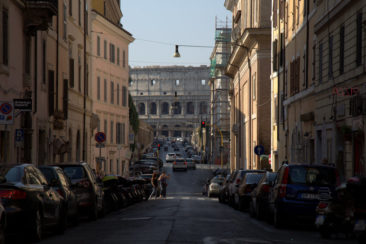


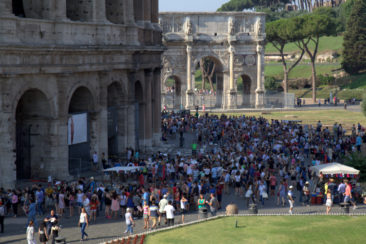
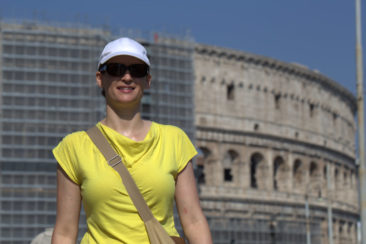

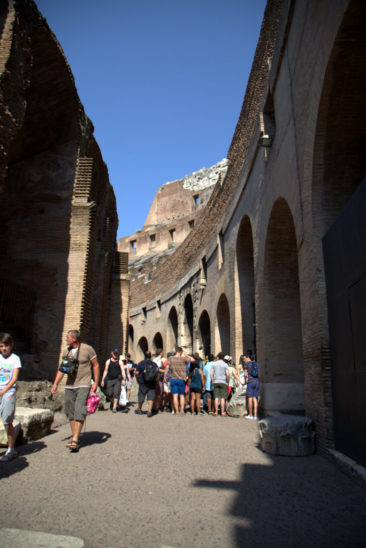

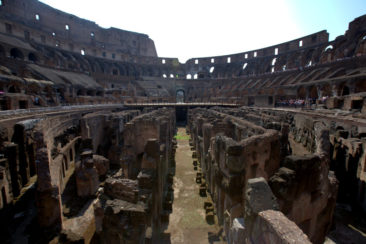
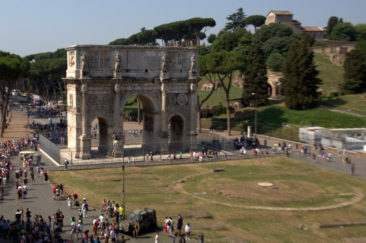
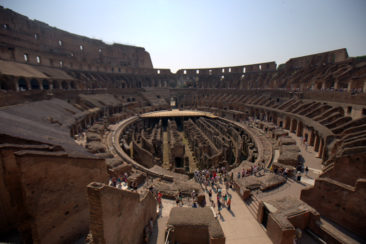


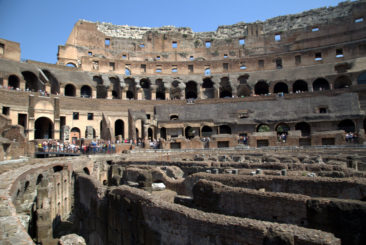

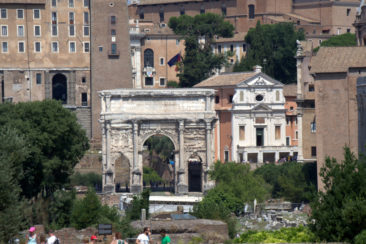
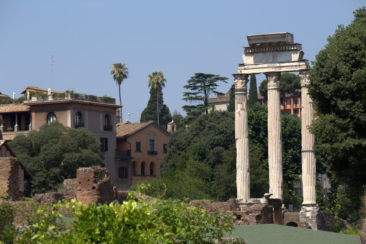
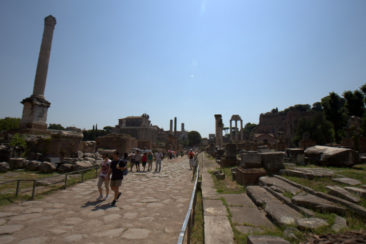

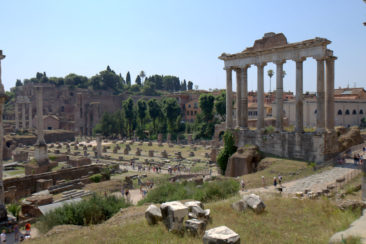

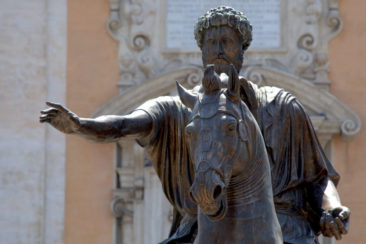



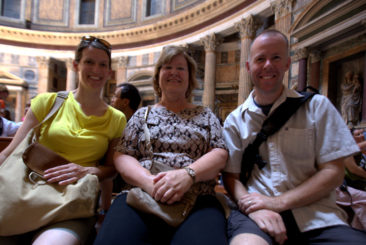
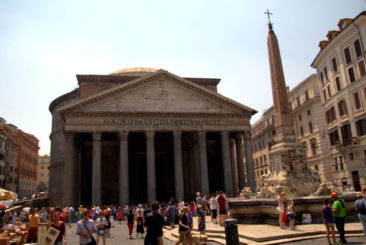
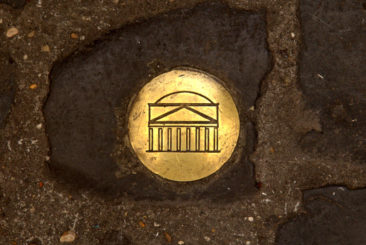

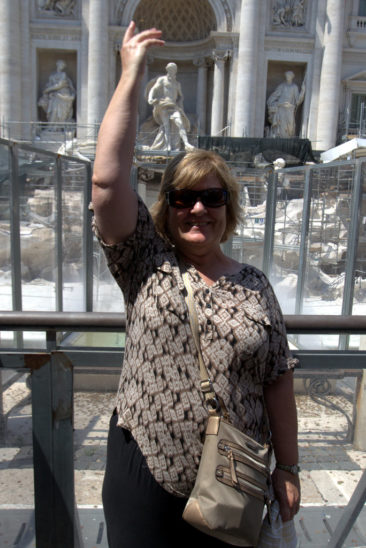
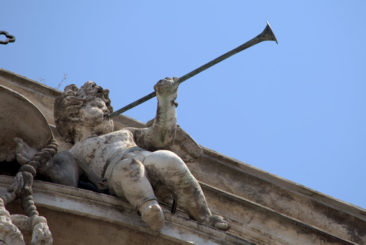

Leave a Reply